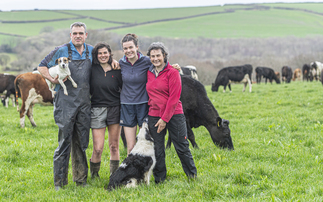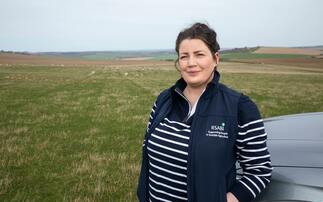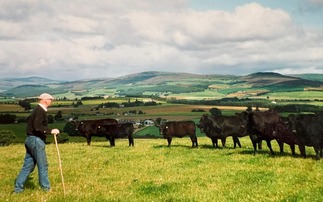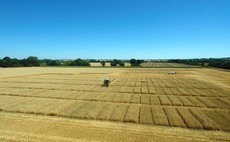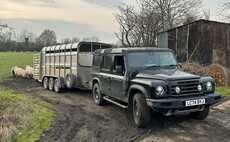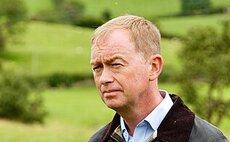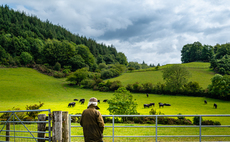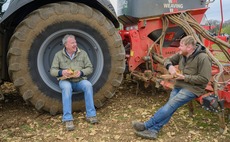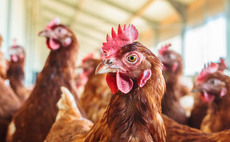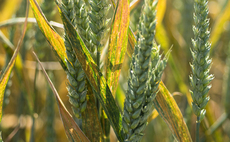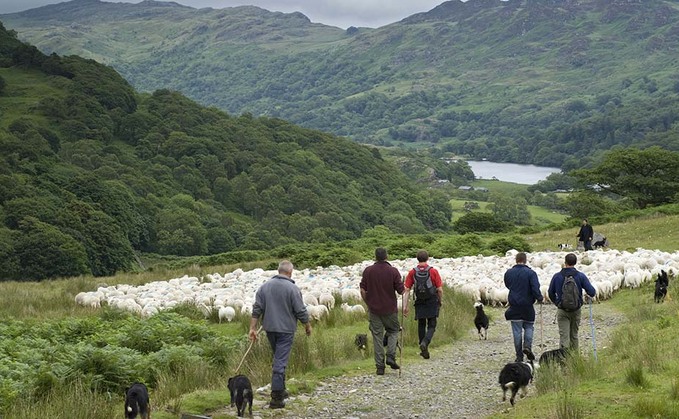
Managing the challenges associated with the steep slopes of landscapes such as Snowdon demand a particular set of skills which are often passed down between generations.
The annual cycle of sheep gathering at Hafod Y Llan in Snowdonia National Park, pictured above, is no exception.
Known in Welsh as Hel Mynydd, roughly meaning to gather the mountain, the event sees members of the agricultural community join together to bring flocks of sheep down from the farms upper reaches.
Hafod Y Llan was brought into the National Trusts care in 1998 following a 5 million fundraising appeal and from the outset the organisation was focused on enhancing habitats, farming using traditional skills and making the land accessible for people. The landscape is rocky with thin soils and the weather is unpredictable.
National Trust farm manager Arwyn Owen says: We have got to farm with nature because it is nature that dictates what we can do here.
More than 1,000 Welsh Mountain sheep are kept on-farm alongside a herd of Welsh Black cattle. Sheep are released from the fields on the valley floor onto the mountain in May, where they graze extensively for half the year.
It is a big area of open mountain there is no wall or fence around it and flocks all are hefted to this area, says Mr Owen.
Gathers take place three times a year. In July, the sheep are brought down the mountain for shearing; in early September for weaning lambs and drafting out older ewes; and finally in October the flocks descend for winter.
On the day of the gather, neighbouring farmers join the Hafod Y Llan team at dawn for the strenuous climb up the mountain. Once at the top, they begin descending from all angles, rounding several flocks of sheep across an expanse of 650 hectares into the hanging valley below.
The shepherds work the sheepdogs down the craggy mountain face. About 20 are used for each gather.
Qualities
That relationship with sheepdogs is essential, Mr Owen says. The dogs need special qualities; they have to think for themselves, be aware of the environment and cover a big area.
It is a practice steeped in tradition, with little need for technology. Although Mr Owen does admit that localised forecasts have improved the days of sitting around waiting for a gap in the weather.
Local shepherds at Hafod Y Llan have an intricate knowledge of the farm, Mr Owen says. The mountain is 1,600 acres and they know virtually every inch of it.
His colleague Trefor Jones has worked the land for 50 years. He knows every path, every acre. It is instinctive.
Mr Owen meanwhile has managed the farm for 15 years and says he is continuously learning about the landscape.
He says: I was brought up on a farm and I have worked on different farms and I have to say I have learned an awful lot since I have been here. Because a lot of the skills were not necessarily ones I possessed when it came to shepherding. This environment is quite unique.
There is a strong shepherding tradition here, there is a pride in those rural skills. And we have young people coming through, which is really encouraging.
But equally I think it would be wrong of me to say that is happening everywhere. Some farmers struggle to find people to help them gather.
He points to Trefor as an example of the importance of preserving rural skills.
He instinctively understands every aspect of the farm. That is a huge resource. As a society we need to take advantage of that, to celebrate that.
Identity
And these skills are not solely about practical application, he says, they are traditions which form an important part of the cultural identity of rural communities.
Mr Owen believes that embracing the farms heritage still means being open to change.
We are looking for that sweet spot where you have got traditional farming skills and nature conservation working hand in hand. That has got to be the goal really.









